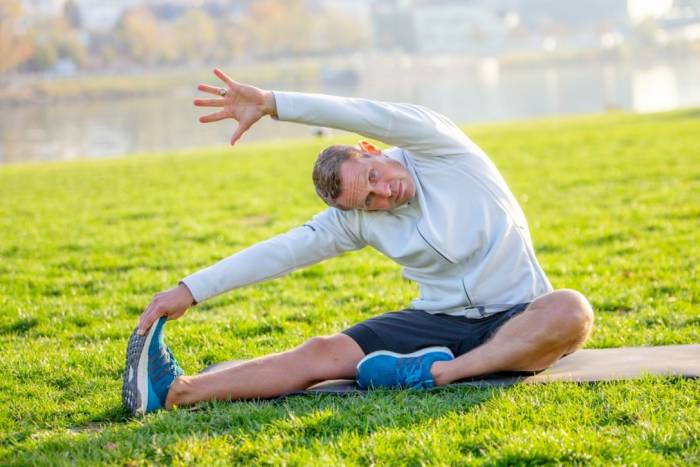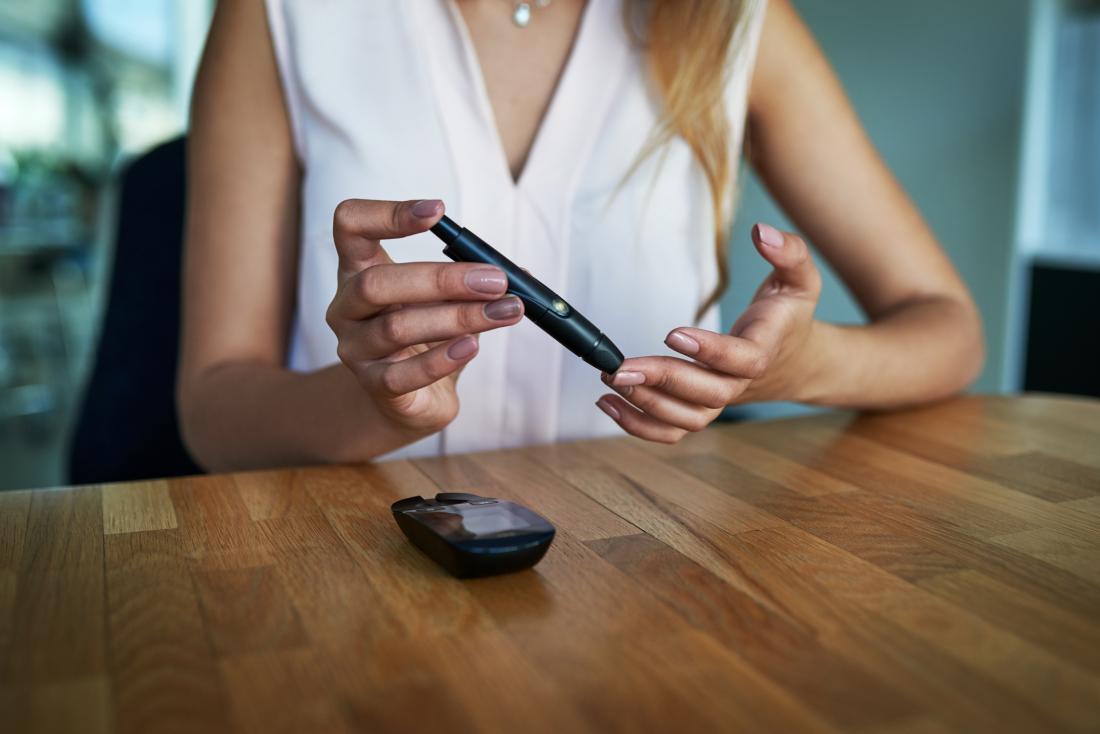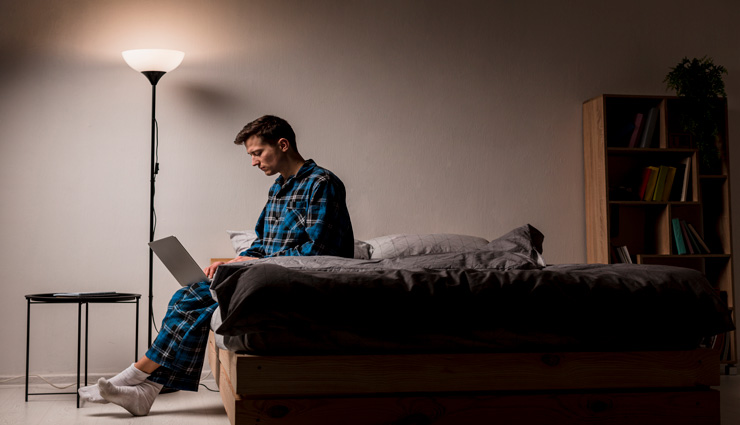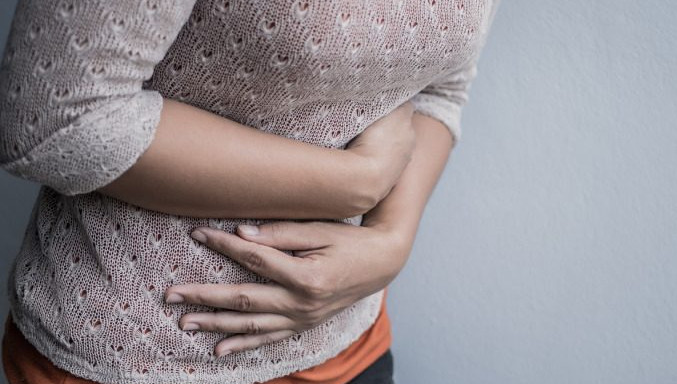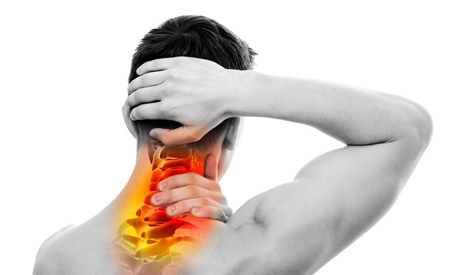who are prone to Bone Spurs (Osteophytes)?
Bone Spurs ( Osteophytes ) are very smooth, hard bones that form at the end of a bone. They often come out of the joints where the two bones meet. Bone spurs can form in many parts of your body, including:
- hands
- shoulders
- Neck
- Spinal cord
- Knee
- Foot (heel)
Most bone spurs do not cause a problem, but they can cause pain if they hit other bones or put pressure on the nerves.
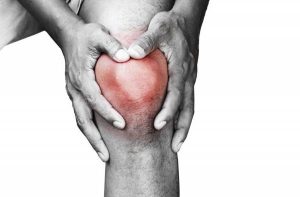
What causes bone spurs?
Most of them occur after damage to the joints or tendons. When your body thinks about damaged bone, it tries to repair the damaged area by adding new bone, which causes bone spurs.
Osteoarthritis often causes injuries that irritate the bone.
The cushion between the joints and the bones of the spine can also be affected at a young age.
Osteoarthritis, rheumatism and osteoarthritis, lupus, and gout can also damage your joints.
Other causes of bone spurs include:
- Injury: For example, if you dance or run too much
- Gene
- Regime
- Obesity
- Congenital problems
- Spinal problems (spinal cord)

What are the symptoms of bone spurs?
You may not notice bone spurs until you find them using X-rays, but when they put pressure on your nerves, tendons, or other structures in your body, they can cause problems, and you may feel this. :
- Pain in the affected joint
- Pain or stiffness when trying to bend or move an injured joint
- Weakness, numbness, or itching in the arms or legs when pressing
- Muscle spasm, muscle cramps, or weakness
There is a lump under the skin
If bone pressure puts pressure on some of your spinal nerves, it can interfere with the control of your bladder or organs. Your symptoms may get worse when you exercise or try to move the injured joint.
Bone spurs can break and get stuck in the joint, covering and lock the joint and make it difficult to move.
How is a bone spur diagnosed?
You may need to see a rheumatologist or orthopedist, a rheumatologist who specializes in joint problems. Orthopedic physicians focus on the musculoskeletal system. They can detect a bone spur mass by touch or X-ray.
Other tests that your doctor may use to diagnose bone marrow include:
C.T. Scan
A powerful X-ray that takes accurate pictures of your body
M.R.I
Uses magnets and powerful radio waves to create images of organs and structures in your body.
Electroconductivity test
These tests show how fast your nerves send electrical signals. They can cause bone damage that stimulates your spinal nerves.
How is bone marrow treated?
To relieve pain and reduce swelling, you can try one of the following painkillers:
- Acetaminophen (Tylenol)
- Ibuprofen (Advil, Motrin)
- Sodium naproxen (olive)
These have side effects, especially if you eat them in large amounts or for a long time.
Other treatments for bone marrow without medication include:

- Rest
- Steroid injections to reduce swelling and reduce joint pain
- Physiotherapy to improve joint strength and increase mobility
If these treatments do not work or bone stimulation affects your movement, you may need surgery to remove the extra bone.
Can I prevent bone spurs?
Maybe not – if the problem is the result of natural erosion and tearing of the joints, but to prevent bone spurs, you can do the following:
- Put the bottom of your shoe with a soft, comprehensive, and arched sole.
- Choose shoes that fit your feet and the size of your feet.
- Wear thick socks to prevent wear of shoes and feet
- Eat a healthy diet rich in calcium and vitamin D to protect your bones.
- Regular stretching exercises such as walking are good for bone health.
- If you are overweight, try to lose weight.
See your doctor if you notice symptoms of joint pain, such as pain, swelling, or stiffness.
There are 9 home remedies for treating bone spurs:
osteophytes treatment
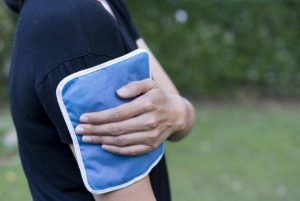
Coldwater compress
Regular use of cold compresses helps reduce symptoms such as pain, swelling, and inflammation caused by bone pressure. It also helps to calm the nerves in the affected area. Place the ice cubes in a thin towel, tie it tightly, rub it on the affected area, and press gently. Do this for 5 to 10 minutes. Repeat this treatment if necessary.
Note: Do not put ice directly on the skin as it will cause frostbite.
Ginger
Ginger is also an excellent home remedy for bone spurs because it is a natural anti-inflammatory and can help reduce pain, swelling, and inflammation. Also, it helps to improve blood circulation. Drink ginger tea three times a day.
To make this tea, boil a tablespoon of chopped ginger in 2 cups of water for 10 minutes. You can also add honey and drink it. Also, massage the affected area daily with ginger oil.
Alternatively, you can take 2 500 mg ginger tablets three times a day but consult your doctor first.
Apple vinegar suitable for bone spurs
Its anti-inflammatory properties help reduce pain and inflammation and help lower pH levels and prevent bone spurs.
Add 1 to 2 teaspoons of apple cider vinegar to a glass of water.
Drink twice a day for best results.
You can also put a paper towel containing apple cider vinegar on the affected area and leave it for a few hours, doing this every day. Follow this treatment to relieve pain and inflammation.
Turmeric
Curcumin or turmeric has anti-inflammatory and antioxidant properties that help reduce inflammation and pain.
Add a teaspoon of turmeric to a cup of milk and place on a low flame.
For a quick recovery, drink this drink twice a day.
You can also use about 400 to 600 mg of turmeric three times a day, but only after consulting your doctor.
Flaxseed suitable for bone spurs
Flaxseed contains alpha-linolenic acid, an omega-3 fatty acid that can help reduce pain and inflammation.
- Soak a clean cloth in warm flaxseed oil and then apply it to the affected area.
- Do this treatment every day.
- Another way is to put 1 cup of flaxseed in a piece of cloth and heat it in the microwave for a few seconds.
- Place it on the affected area and press for a few minutes.
- Repeat if necessary.
- Also, use flaxseed regularly in your diet.
Chamomile
Chamomile can provide a lot of relief for bone spur disorders. It has anti-inflammatory and pain-relieving properties that help reduce inflammation and pain.
Add one tablespoon of dried or fresh chamomile flowers to a cup of hot water.
Leave for 10 minutes, and then cool.
Use this water to wash the affected area.
You can also drink 2 to 3 cups of chamomile tea every day. To make this herbal tea, boil two teaspoons of chamomile in a cup of water for 5 minutes and then strain it. You can also add a little honey to sweeten it.
Epsom salt
If the pain and inflammation become severe, you can try the Epsom salt bath. Magnesium sulfate crystals help reduce pain, swelling, and inflammation.
Pour 2 cups of Epsom salt into the hot tub and leave for 20 to 30 minutes.
Repeat two or three times a week.
Note: This treatment is not recommended for people with kidney problems or diabetes.
Borax
Add half a teaspoon of borax to 4 cups of cold water and stir until completely dissolved.
Put your feet in it for 20 to 30 minutes.
Do this every day before bed for a few weeks.
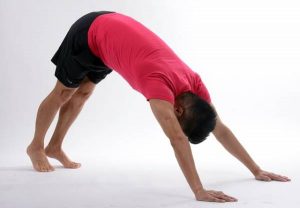
Gentle exercises
Do simple stretching exercises for 30 minutes, five times a week, especially in the morning.
Some exercises strengthen the core of the muscles and body and stretch the powers of the legs and arms. Do this five times a week.
It is also helpful to walk on a soft surface and cushion with appropriate shoes for 30 minutes a day.
For fitness, sometimes go swimming or cycling.
Consult your doctor for more information on the types of exercises that suit your condition.
Change your diet
Omega-3 fatty acids and vitamin E help reduce inflammation caused by bone spurs.
Vitamins D and K help keep your bones healthy and prevent abnormal bone and cartilage formation.
Magnesium and calcium help reduce bone pain.
Tip: Always consult your doctor if you are taking dietary supplements.
Additional tips for treating bone spurs:
- Use warm olive oil or coconut oil to massage the affected area in a circular motion twice a day for 10 minutes.
- You can also consider a deep tissue massage by a therapist to help dissolve the lime.
- Losing extra weight is very effective in reducing pressure on the affected area, especially the legs.
- A gentle bath with hot and cold water is helpful for a few minutes.
- Always do a simple exercise before starting any physical activity to reduce the discomfort afterward.
- Keep your feet slightly up to prevent swelling and inflammation caused by heel spurs.
- Always wear appropriate shoes for any activity.
- Avoid foods that are high in saturated fat, alcoholic beverages, junk food, and processed foods.
- Use capsaicin cream or lotion to relieve pain and inflammation.
- Reduce stress because it helps with more pain in the affected areas.
- Yoga and meditation are also effective in reducing pain and inflammation caused by bone spurs.
- Acupuncture can also relieve pain.


